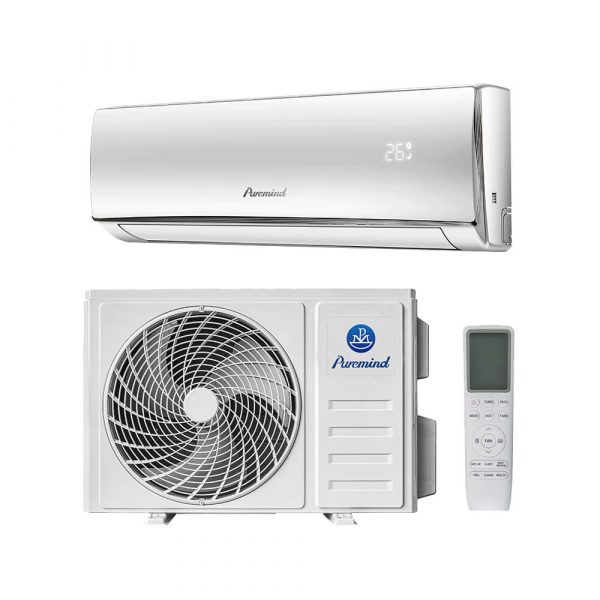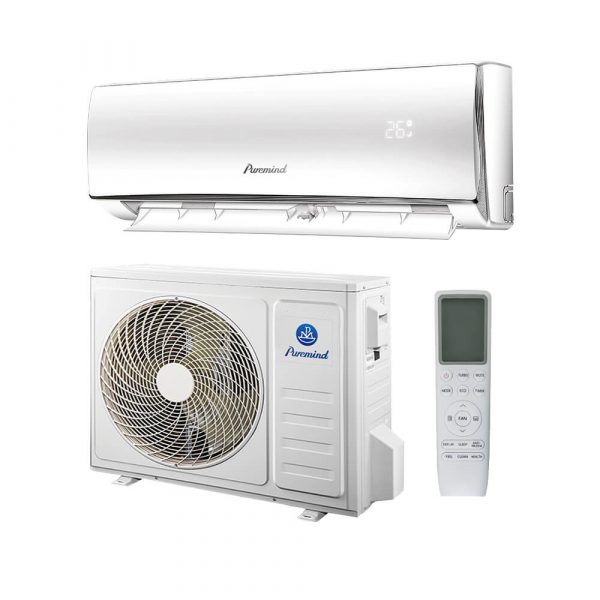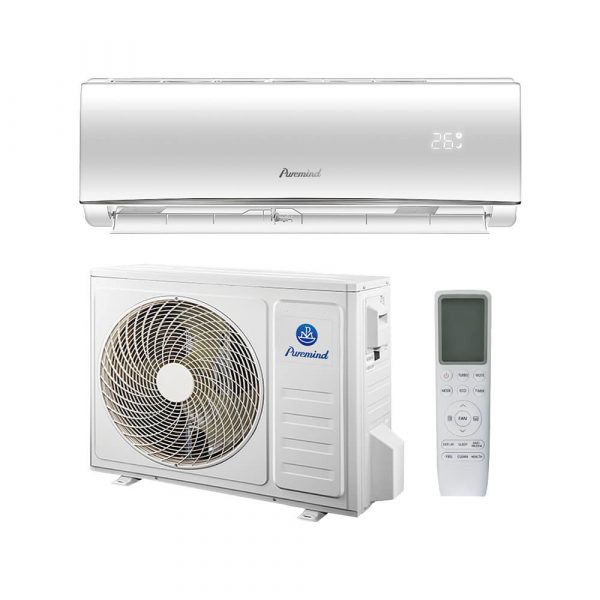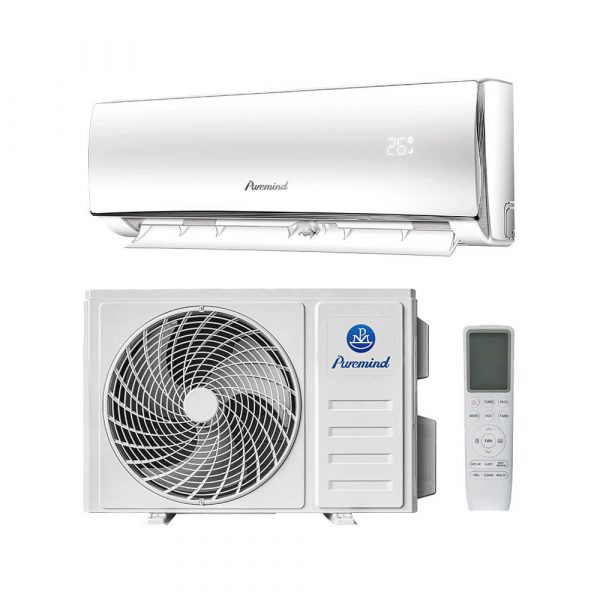Split Air Conditioner Dimensions: A Practical Guide for HVAC Wholesalers and Distributors
Understanding split air conditioner dimensions is critical for wholesalers, suppliers, and distributors involved in the HVAC industry. Accurate dimension knowledge not only ensures seamless installations but also supports effective inventory planning, sales guidance, and client satisfaction. This comprehensive article explains standard sizing, provides comparison charts, and offers best practices to help B2B professionals select and recommend the right split air conditioner models for every project.
What Are Split Air Conditioner Dimensions?
Split air conditioner dimensions refer to the physical measurements—height, width, depth—of both indoor and outdoor AC units. These dimensions impact installation options, required clearance, shipping, storage, and compatibility with building layouts. With the growth of energy-efficient and compact units, understanding dimensions is increasingly important for maximizing space and performance.
Typical Dimensions of Split Air Conditioner Units
While split air conditioners are available in a wide variety of sizes, there are common dimension ranges for both indoor and outdoor units across popular capacities. Here’s a reference chart for standard models:
| Capacity | Indoor Unit (HxWxD, mm) | Outdoor Unit (HxWxD, mm) |
|---|---|---|
| 1.0 Ton | 280 × 800 × 210 | 540 × 780 × 250 |
| 1.5 Ton | 300 × 950 × 225 | 600 × 900 × 320 |
| 2.0 Ton | 320 × 1080 × 245 | 700 × 960 × 345 |
| 2.5 Ton | 350 × 1200 × 265 | 800 × 1040 × 370 |
| 3.0 Ton | 375 × 1350 × 290 | 900 × 1200 × 430 |
Dimensions may vary by brand and specific model. Always refer to manufacturer datasheets and consider split air conditioner listings for precise specifications.
Why Do Split Air Conditioner Dimensions Matter?
- Installation Compatibility: Ensures units fit into designated wall or ceiling spaces and comply with building codes.
- Airflow Efficiency: Proper clearance around both indoor and outdoor units is essential for peak performance.
- Storage and Transport: Knowing dimensions aids in warehouse planning and reduces shipping risks.
- System Selection: Dimension data helps match the right AC size to project needs, avoiding over- or under-sizing.
- Visual Integration: Compact or slimline units may be preferable for high-end or limited-space installations.
How to Choose the Right Split Air Conditioner Dimensions
- Assess Room Size and Layout: Match capacity and indoor unit size to room area and mounting options.
- Review Building Structure: Check for wall strength, electrical clearances, and outdoor unit space.
- Consult Manufacturer Specs: Use up-to-date datasheets and product category pages for accurate measurements.
- Plan for Maintenance Access: Allow enough clearance for cleaning, filter changes, and servicing.
- Balance Aesthetics and Function: Recommend slim or concealed units for design-sensitive projects.
Common Mistakes When Considering Split AC Dimensions
- Overlooking depth and installation clearance, resulting in airflow blockages
- Failing to verify outdoor unit space, leading to noise or efficiency issues
- Ignoring local building codes or minimum clearance requirements
- Not factoring in service space for future maintenance
- Ordering bulk inventory without accommodating warehouse space
Emerging Trends in Split Air Conditioner Sizing
- Compact Designs: Increasing demand for slim, wall-mounted and ceiling cassette models
- Multi-Split Systems: Flexible installations with multiple indoor units connected to a single outdoor unit
- Custom and Modular Units: Options for tailor-made dimensions to fit unique spaces
- Integrated Smart Controls: Even compact units now offer WiFi and app-based management
- Green Building Compatibility: Models designed to meet LEED and energy efficiency standards
Case Study: Solving Space Challenges with the Right Split AC Dimensions
A commercial distributor worked with a property developer facing tight utility room space for HVAC equipment. By sourcing detailed dimension data from split air conditioner suppliers, they recommended a slim-profile 2.0 ton unit that fit perfectly, met cooling needs, and reduced installation costs.
Best Practices for Wholesalers and Distributors
- Maintain a Dimension Database: Keep updated specs for all stocked models and share with clients as needed.
- Train Sales Staff: Educate teams on dimension importance and how to advise contractors and installers.
- Coordinate with Logistics: Ensure shipping and warehousing teams are aware of unit sizes and handling requirements.
- Offer Sizing Consultations: Provide support to customers selecting the optimal unit size and configuration.
- Monitor Product Innovations: Stay updated on new compact or modular unit launches via leading suppliers.
Frequently Asked Questions about Split Air Conditioner Dimensions
- Are split air conditioner dimensions standardized?
While there are common ranges, each manufacturer and model may differ. Always confirm with official datasheets. - Can I install a large-capacity unit in a small space?
Not recommended—insufficient clearance affects efficiency, maintenance, and can void warranties. - What is the smallest split AC available?
Ultra-compact 0.75 to 1.0 ton models are available, ideal for bedrooms and offices with limited space. - Where can I find reliable dimension data for split ACs?
Check product category pages and official manufacturer datasheets.
Conclusion: The Importance of Dimensions in Split Air Conditioner Selection
For wholesalers, suppliers, and distributors, in-depth knowledge of split air conditioner dimensions is a vital asset. By staying informed on the latest product sizes, educating clients, and providing tailored recommendations, you ensure smoother installations, fewer returns, and higher customer satisfaction. Explore a diverse range of models and up-to-date specs at our split air conditioner catalog to keep your business ahead of the curve.







